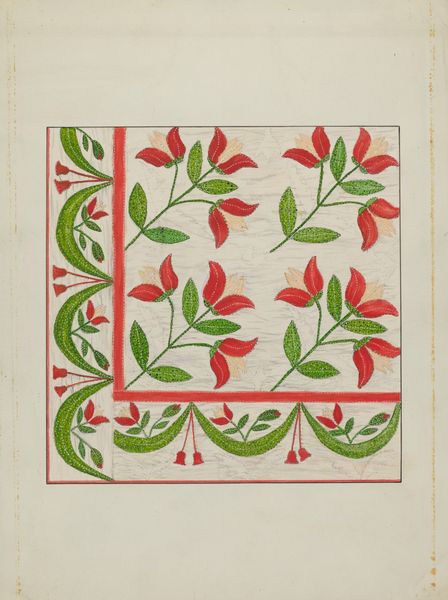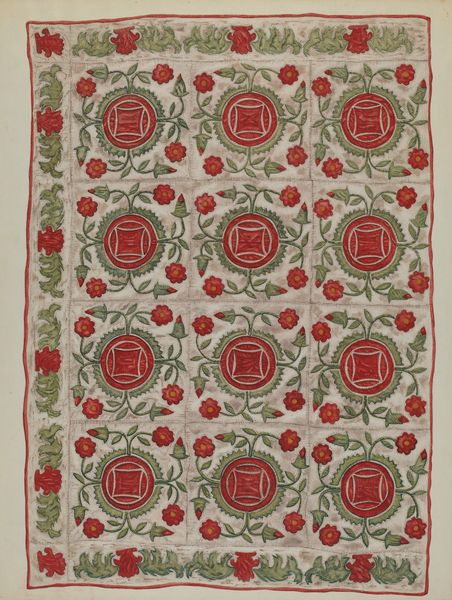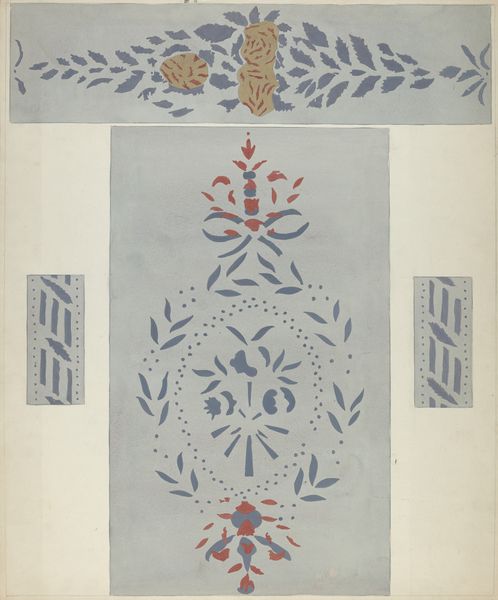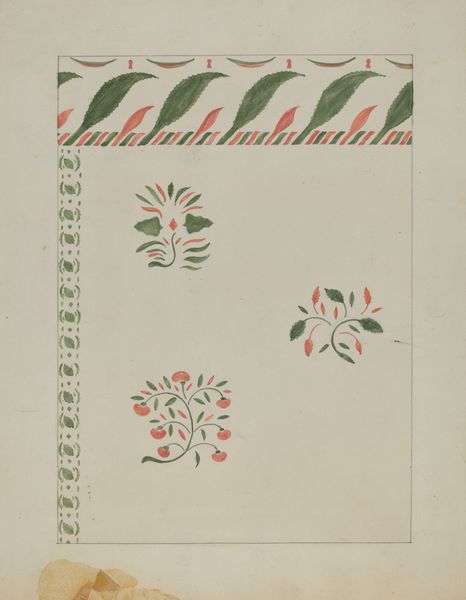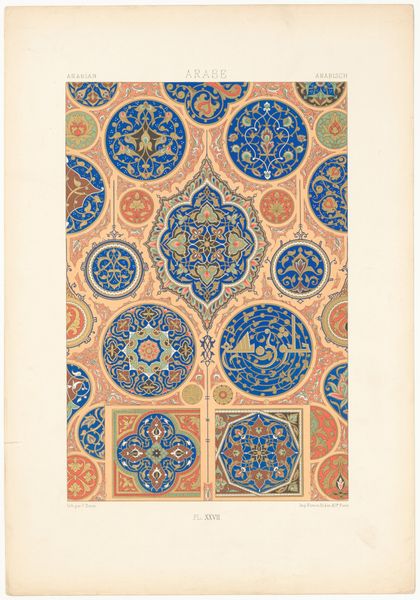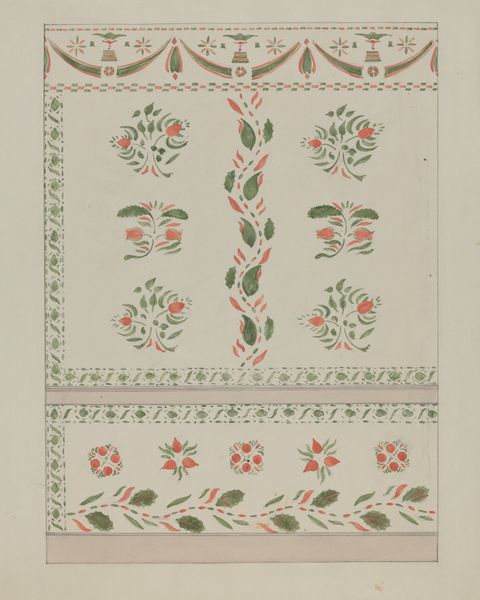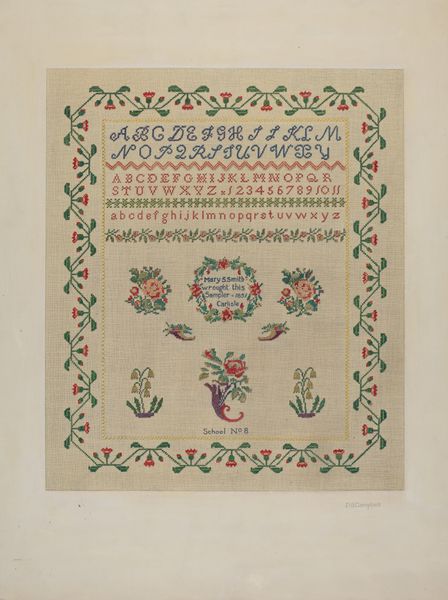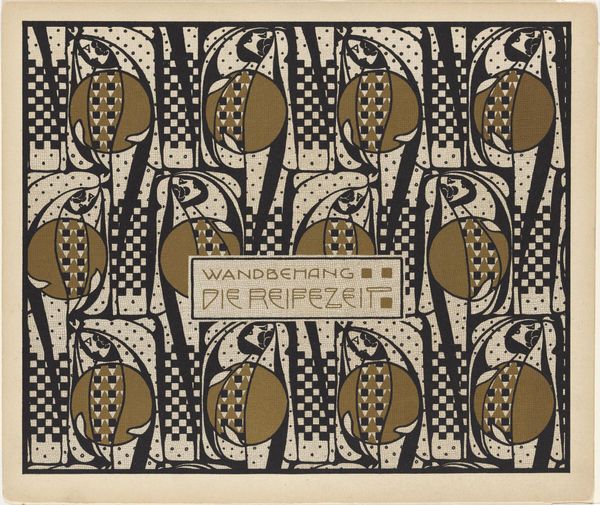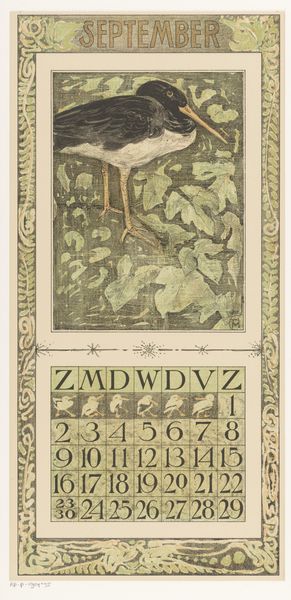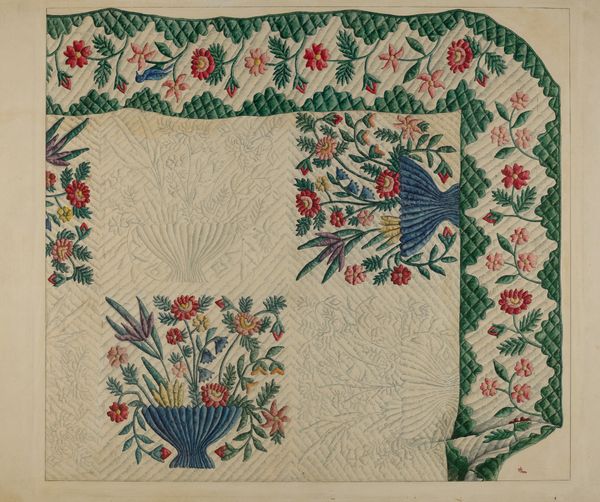
graphic-art, print, poster
#
graphic-art
#
organic
#
art-nouveau
# print
#
organic pattern
#
decorative-art
#
poster
Dimensions: height 357 mm, width 284 mm
Copyright: Rijks Museum: Open Domain
Theo Nieuwenhuis created this calendar page for December 1898, now held at the Rijksmuseum, using a color woodcut. It reflects the cultural context of the late 19th century, a time when decorative arts experienced a resurgence, and the Art Nouveau movement was flourishing. The design incorporates holly leaves and berries, traditional symbols associated with the Christmas season, which themselves carry layers of meaning related to hope and renewal. The calendar merges the functional aspects of daily life with an aesthetic and deeply symbolic visual language. Nieuwenhuis, working within the Dutch Art Nouveau, known as Nieuwe Kunst, sought to integrate art into everyday life, breaking down the hierarchies between fine and applied arts. Consider how the artist infuses a mass-produced object, a calendar, with artistic and emotional value, subtly shaping the viewer's experience of time and the anticipation of seasonal change.
Comments
No comments
Be the first to comment and join the conversation on the ultimate creative platform.

